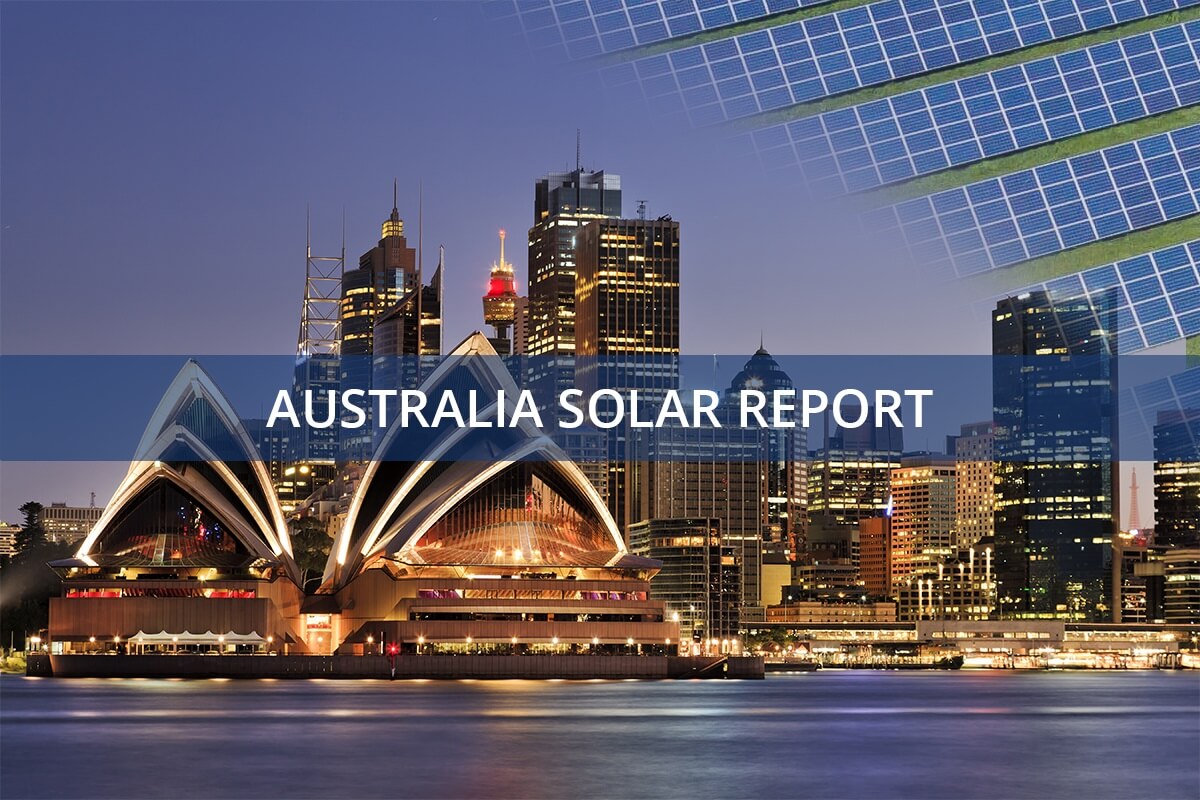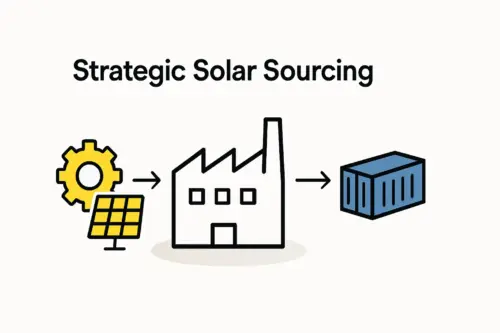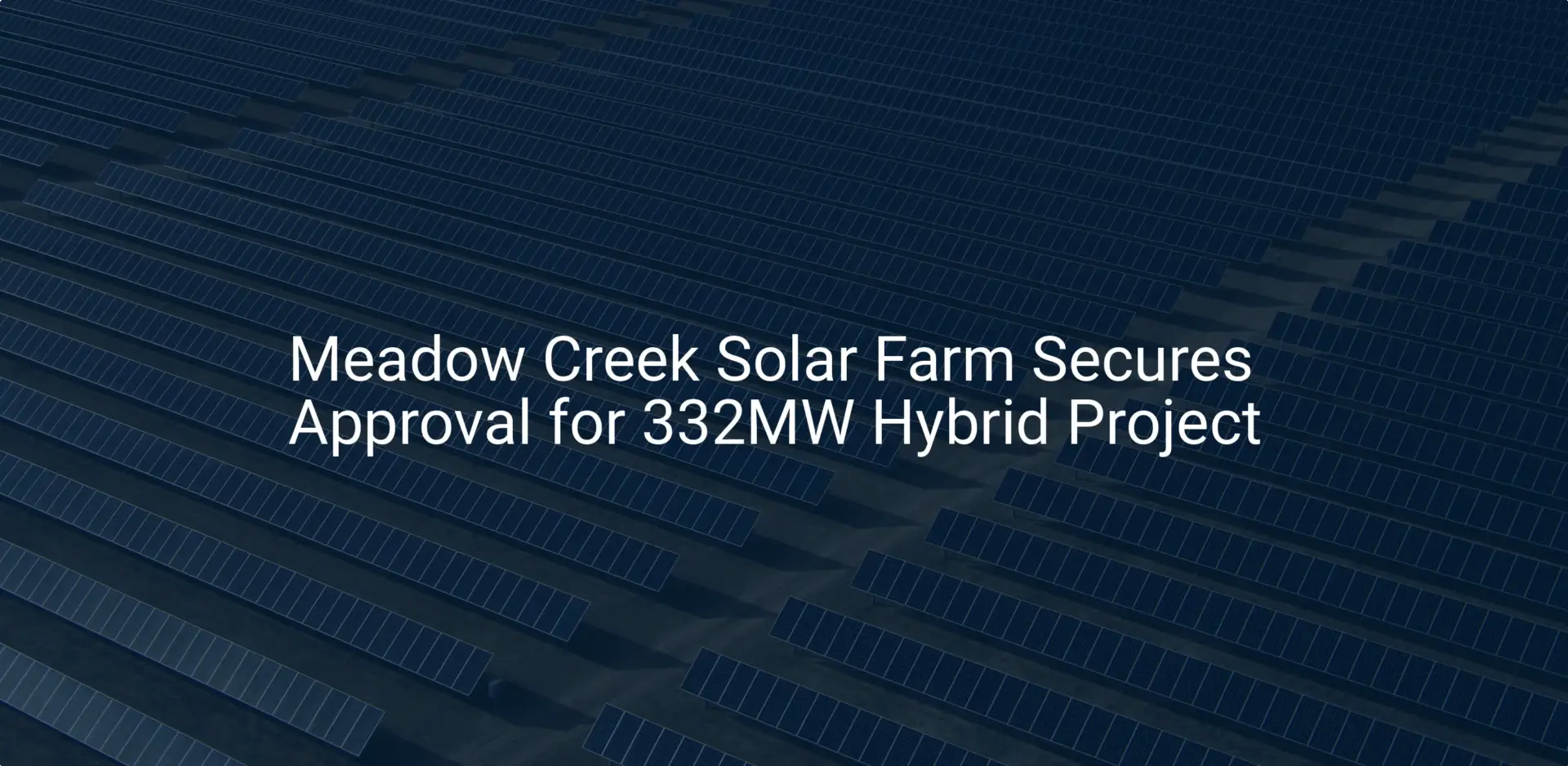Australia’s solar industry presents a striking paradox. While the nation boasts one of the world’s highest rates of rooftop solar adoption, nearly all panels are imported. This disconnect creates a significant economic and strategic vulnerability—one the Australian government is now moving decisively to address. For discerning investors, this policy shift represents a prime opportunity.
This guide offers a comprehensive overview of the key federal and state-level incentives designed to build a domestic solar manufacturing industry. It is intended for business professionals evaluating the financial viability of establishing or expanding solar panel production in Australia.
The Strategic Shift: Why Australia is Backing Local Solar Manufacturing
For years, the Australian energy market has relied on complex international supply chains for its solar technology. Recent global events have highlighted the risks associated with this dependency. In response, the government has initiated a strategic pivot toward sovereign capability to secure its energy future and capture more of the value chain within the nation’s renewable energy transition.

This strategic direction is not merely about subsidies; it is a calculated industrial policy designed to build long-term resilience, create skilled jobs, and position Australia as a key player in advanced manufacturing. Understanding this context is crucial for any investor, as it frames these incentives as part of a long-term national strategy.
Federal Government Support: The Cornerstones of a Financial Strategy
The Australian federal government has established several key programs to de-risk investment and encourage the growth of a domestic solar manufacturing sector, forming the core of the financial support structure for new entrants.
The Solar Sunshot Program
At the forefront of the government’s initiative is the AUD $1 billion Solar Sunshot program. Announced as a key component of the Future Made in Australia Act, this program is designed to catalyze domestic manufacturing across the entire solar panel supply chain—from polysilicon production and cell manufacturing to final module assembly.
Managed by the Australian Renewable Energy Agency (ARENA), Solar Sunshot provides direct financial support to projects that can demonstrate a clear path to commercial viability and help build a self-sustaining local industry. It signals the government’s serious commitment to reducing import reliance.
Australian Renewable Energy Agency (ARENA)
Beyond managing Solar Sunshot, ARENA is a cornerstone of Australia’s renewable energy landscape. It has a long history of supporting innovation and has already invested over AUD $838 million in solar research and development.
For manufacturers, ARENA is not only a potential source of funding but also a validator of technological and commercial promise. Securing ARENA support can significantly enhance a project’s credibility with private investors.
Ready to make big Profits?
The solar Industry is Booming
WE HELP NEWCOMERS to the solar industry start their own solar module production line. Customers can make BIG PROFITS by selling modules and finding investors, without wasting money and time on things they don't need!
Clean Energy Finance Corporation (CEFC)
Often called Australia’s ‘green bank’, the CEFC operates differently from a grant-making body. It provides commercial financing in the form of debt and equity to commercially sound clean energy projects.
With an investment portfolio of approximately AUD $19 billion, the CEFC plays a vital role in financing larger-scale manufacturing facilities that have a robust business case but may struggle to secure conventional financing. Its involvement can bridge the gap between initial funding and full-scale commercial operation.
The Research & Development (R&D) Tax Incentive
For manufacturers focused on innovation, the R&D Tax Incentive is one of the most valuable support mechanisms. It is not a competitive grant but an entitlement program that provides a tax offset for eligible R&D activities. This is particularly relevant for businesses aiming to produce high-efficiency panels or develop novel manufacturing processes.
The incentive has two main tiers:
-
For companies with an aggregated turnover of less than AUD $20 million: A refundable tax offset, providing a direct cash benefit.
-
For companies with an aggregated turnover of AUD $20 million or more: A non-refundable tax offset that can reduce a company’s income tax liability.
This program directly supports the ongoing innovation required to remain competitive in the global solar market.
State-Level Initiatives: Tapping into Regional Opportunities
While federal programs provide the foundation, state and territory governments offer complementary support that can be critical for a project’s success. These initiatives are typically tailored to the economic and energy context of each region.
For example, New South Wales is actively developing Renewable Energy Zones (REZs), which are designated areas for renewable energy generation and transmission. Establishing a manufacturing facility near an REZ can offer logistical advantages and access to a concentrated customer base.

Similarly, programs like Victoria’s Solar Homes Program create consistent local demand for solar panels, providing a stable offtake market for a new manufacturer.
A comprehensive investment strategy should include a thorough analysis of opportunities at both the federal and state levels. The combination of support can create a highly compelling business case, as outlined in our detailed report on Solar Manufacturing Opportunities in Australia.
Navigating the Application Process: A Strategic Approach
Accessing these government incentives requires more than a good idea; it demands a meticulously prepared project proposal and a clear understanding of each program’s objectives.
-
Demonstrate Viability: Funding bodies are tasked with investing public money wisely. They prioritize projects with a strong, defensible business plan, clear market analysis, and a competent management team.
-
Align with Strategic Goals: Applications should clearly articulate how the project aligns with Australia’s broader goals of supply chain security, job creation, and technological sovereignty.
-
Prepare for Due Diligence: Expect a rigorous due diligence process. This involves detailed financial modeling, technical validation, and environmental assessments.
Navigating these requirements can be complex, particularly for entrepreneurs from outside the solar industry. Given the many technical layers of the solar manufacturing process, communicating its viability is key. Experience from J.v.G. Technology’s turnkey projects shows that a well-structured plan, developed with expert guidance, has a significantly higher chance of success.

Frequently Asked Questions (FAQ)
-
Are these incentives only available for large, established corporations?
No. While large-scale projects are encouraged, programs like the R&D Tax Incentive are highly accessible to small and medium-sized enterprises (SMEs). Additionally, programs like Solar Sunshot are expected to support a range of project sizes to build a diverse industrial base. -
Is it possible to combine federal and state-level incentives for a single project?
Generally, yes. It is common for a project to receive support from multiple sources. For instance, a manufacturer could receive a grant from ARENA, debt financing from the CEFC, and benefit from state-level payroll tax exemptions. This requires careful coordination and a clear understanding of the rules for each program. -
What is the typical timeline for an application process?
The timeline can vary significantly depending on the program. A straightforward R&D Tax Incentive claim can be part of an annual tax return, while a major grant application to ARENA or the CEFC can take six to twelve months or longer from submission to approval. -
Does a business need a fully planned factory to apply for funding?
This depends on the program. Some grants are available for feasibility studies to help develop a project concept. However, for major capital funding, applicants will need a ‘shovel-ready’ project with a detailed engineering design, secured land, and a comprehensive business case. This is an area where developing a compelling business plan becomes absolutely critical.
Conclusion: A Confluence of Policy and Opportunity
The Australian government’s commitment to building a domestic solar manufacturing industry has created a uniquely favorable environment for investment. The combination of grants, specialized financing, and tax incentives provides a robust set of tools to mitigate risk and enhance returns for new manufacturing ventures.
Success, however, will not be automatic. It will belong to those who can strategically navigate this landscape, align their projects with national priorities, and present a robust and credible business case. For the well-prepared investor, the opportunity to build a lasting enterprise at the heart of Australia’s clean energy future is now firmly within reach.







